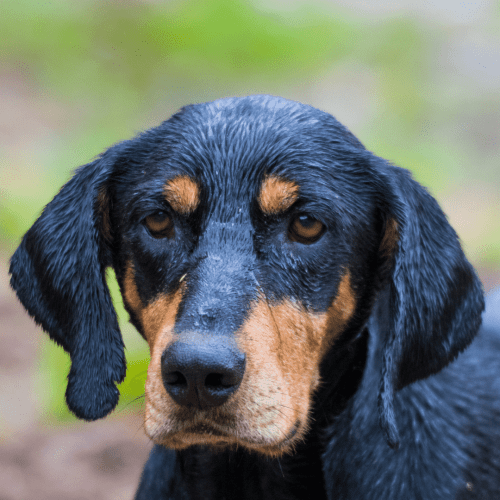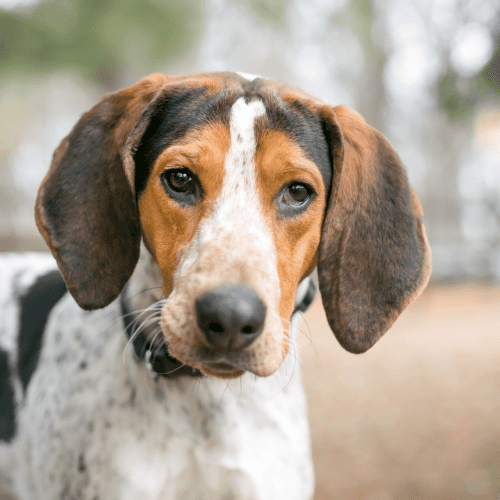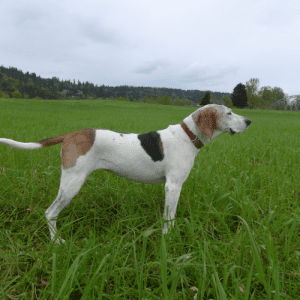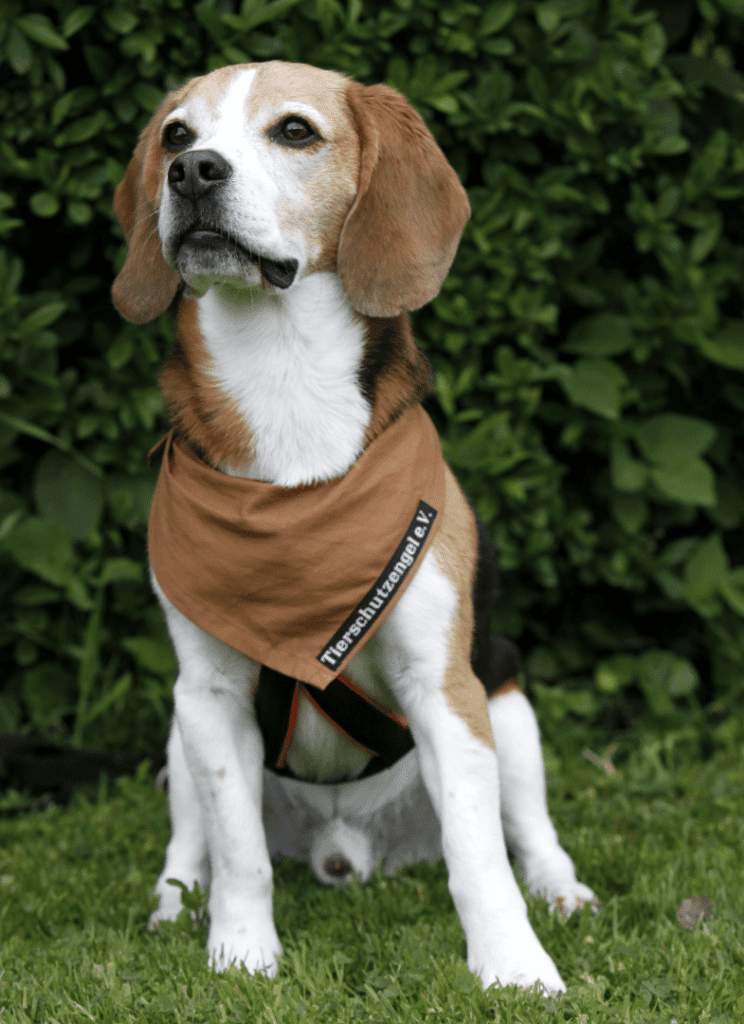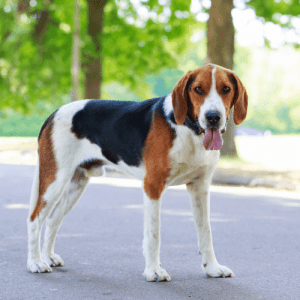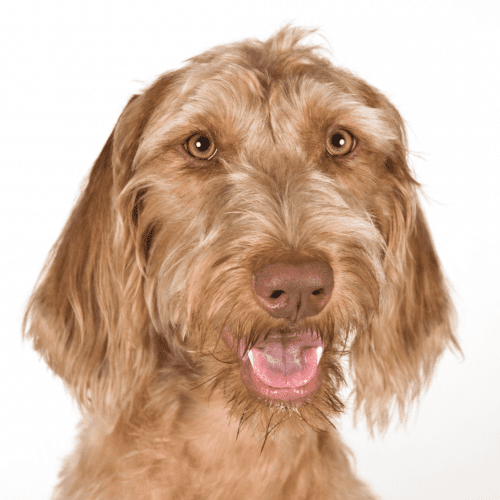Scent Hounds are bred specifically for their strong sense of smell, and these special hound dogs are used by law enforcement and the military to track down drugs, explosives, and other dangerous items. They also have some unique traits that make these dog breeds so special. So if you’re curious about scent hounds, be sure to read on!
The Scent Hound dog breed is a group of hunting dogs known for their exceptional olfactory abilities and keen sense of smell. These dogs have a remarkable ability to track scents, making them invaluable in hunting, search, and rescue operations. The characteristics of scent-hound dogs vary depending on the breed, but they generally have a muscular build, long ears, and a well-developed sense of smell. Popular breeds in this category include the Bloodhound, Basset Hound, and Beagle.
Training methods for scent hound dogs focus heavily on their sense of smell. Positive reinforcement techniques are commonly used to encourage and reward their scenting abilities. These dogs are intelligent and respond well to training, incredibly when stimulating their nose. However, it’s important to note that scent-hound dogs can be independent thinkers and may require consistent training and patience.
Regarding health concerns, scent hound dogs are generally prone to conditions such as ear infections, obesity, and hip dysplasia. Regular veterinary check-ups, a balanced diet, and regular exercise can help mitigate these risks. Additionally, grooming needs for scent hound dogs vary depending on the breed. While some may require regular brushing and occasional bathing, others require minimal grooming.
Scent Hound dogs can be distinguished from other dog breeds by their exceptional olfactory abilities and keen sense of smell. Their sense of smell is far more advanced than other breeds, allowing them to pick up undetectable scents from humans. This is due to the presence of a more significant number of scent receptors in their noses and a specialized part of their brain dedicated to processing scent information.
The training of scent hound dogs is centered around harnessing and developing their natural scenting abilities. They’re taught to track and follow scents, making them ideal for search and rescue operations and hunting. Their hunting abilities are unparalleled, as they can track the game for miles and accurately locate hidden prey.
As pets, scent-hound dogs require mental stimulation and physical exercise to keep them happy and content. Their keen sense of smell means they’ll often follow their nose, so providing them with a secure and enclosed yard is essential. Scent hound dogs are known for their friendly and sociable nature, making them great companions for families and individuals. However, their strong hunting instincts may make them less suitable for households with small animals or cats.
Several dog breeds are part of the Scent Hound group. These breeds include the Bloodhound, Basset Hound, Coonhound, Beagle, and Dachshund. Each breed has unique characteristics and abilities that make them excellent scent hounds.
The Bloodhound is one of the most well-known scent hound breeds. They have a keen sense of smell and are often used in search and rescue operations. Their long ears and droopy skin help to trap scent particles, allowing them to follow a trail with great precision.
With their short legs and long ears, Basset Hounds are also skilled scent hounds. They were initially bred for hunting small game, such as rabbits, and their powerful sense of smell helps them track down their prey.
Coonhounds, as the name suggests, were bred for hunting raccoons. They have a strong sense of smell and are known for their endurance and determination in tracking their target.
Beagles are another popular scent hound breed. They’re small, compact dogs with a friendly and outgoing personality. Beagles have a great sense of smell and are often used in airport security to detect contraband items.
Lastly, the Dachshund, although primarily known for its long body and short legs, is also a skilled scent hound. They were initially bred to hunt badgers and have a strong sense of smell that helps them track down their prey.
After exploring the various breeds that make up the Scent Hound group, it’s now essential to understand the origins of these remarkable dogs. Scent Hound dogs have a rich history that dates back centuries. Their origins can be traced to different parts of the world, where they were bred for their exceptional scenting abilities.
The exact origin of Scent Hound dogs is difficult to pinpoint, as they’ve been developed independently in various regions. However, it’s believed they first emerged in Europe, specifically in countries like France, Germany, and England. These countries have a long tradition of hunting, and Scent Hound dogs played a crucial role in assisting hunters in tracking and chasing game.
Scent Hound dogs are characterized by their keen sense of smell and powerful noses, which enable them to pick up even the faintest scent. They’re known for their endurance, determination, and ability to work independently in challenging terrains. These dogs have been selectively bred over generations to enhance their scenting skills and make them proficient hunters.
Training Scent Hound dogs can be a rewarding experience, but it requires patience and consistency. Their instincts for tracking can be honed through positive reinforcement techniques, such as rewards and praise. It’s essential to provide them with mental and physical stimulation to keep them engaged and prevent boredom.
Several famous examples of Scent Hound dogs have made their mark in history. The Bloodhound, known for its incredible tracking abilities, has been used for centuries in search and rescue operations. The Basset Hound, with its distinctive long ears and droopy eyes, is a beloved family pet known for its friendly and gentle nature. The Beagle, another popular Scent Hound breed, is often used in hunting small game and is a cherished companion.
Humans utilize Scent Hound dogs in various capacities due to their exceptional scenting abilities and specialized skills. These dogs possess an acute sense of smell, which makes them invaluable for tracking techniques. With their ability to detect and follow scents, they can be trained to track down missing persons or lost items. Training methods for scent hounds involve teaching them to differentiate between different scents and follow a specific scent trail.
Scent Hound dogs also excel as hunting companions. Their scent detection skills allow them to locate and pursue games, making them ideal for hunting small games like rabbits or giant games like deer. These dogs work closely with hunters, using their keen sense of smell to locate the prey and then alerting the hunter to its whereabouts.
In addition to hunting, scent-hound dogs are often used in law enforcement. Their scenting abilities are employed to detect illegal substances and explosives or search for missing persons. These dogs undergo specialized training to develop their scent detection skills, enabling them to assist law enforcement agencies in their investigations.
With their exceptional scenting abilities and specialized skills, Scent Hound dogs attract a diverse range of individuals who appreciate their unique talents and form strong connections with these remarkable canines.
Scent hound dog owners are people who value the companionship and loyalty that these dogs offer. They enjoy spending time outdoors and engaging in activities that allow their dogs to use their scenting abilities, such as hiking, tracking, and search and rescue missions.
Scent hound dog trainers are passionate about working with these dogs and honing their scenting skills. They deeply understand the breed’s traits and are skilled in training techniques that help optimize their dogs’ abilities.
Outdoor enthusiasts are drawn to Scent Hound dogs because they make excellent adventure companions. These dogs thrive in active outdoor environments, whether camping, running, or exploring the great outdoors.
Hunting enthusiasts are attracted to Scent Hound dogs for their exceptional hunting skills. These individuals appreciate the dogs’ keen sense of smell and ability to track and trail game.
Scent Hound dogs possess a remarkable olfactory system, allowing them to track scents over vast distances effectively. Besides their exceptional tracking abilities, several additional facts about Scent Hound dogs are worth mentioning.
Another use of scent-hound dogs is their role in search and rescue operations. Their sense of smell makes them valuable assets in locating missing persons or individuals trapped under debris. These dogs are trained to follow specific scents, aiding in recovering lost individuals.
Regarding training techniques, Scent Hound dogs respond well to positive reinforcement methods. They’re intelligent and eager to please their owners, making them relatively easy to train. Consistency, patience, and rewards-based training methods are essential to successfully training these dogs.
Several famous Scent Hound dogs have made their mark in history. For example, with its iconic droopy ears and sad expression, the Basset Hound has gained popularity through its appearances in movies and television shows. The Bloodhound, known for its incredible tracking abilities, has also been featured in various media and is often associated with solving crimes.
Regarding health issues, Scent Hound dogs are generally prone to ear infections due to their droopy ears, which can trap moisture and bacteria. Regular cleaning and proper care of their ears can help prevent these infections. Additionally, some Scent Hound breeds are prone to obesity, so a balanced diet and regular exercise are crucial for maintaining their overall health and well-being.
Scent hound competitions are popular events that showcase the skills and abilities of these dogs. The competitions typically involve tracking exercises, where the dogs follow a specific scent trail. These events provide a platform for Scent Hound dogs to demonstrate their natural abilities and allow owners to bond with their pets and meet other enthusiasts.
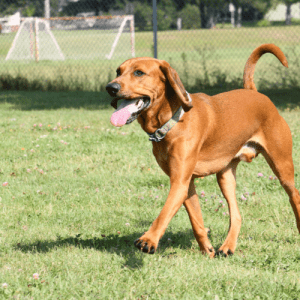


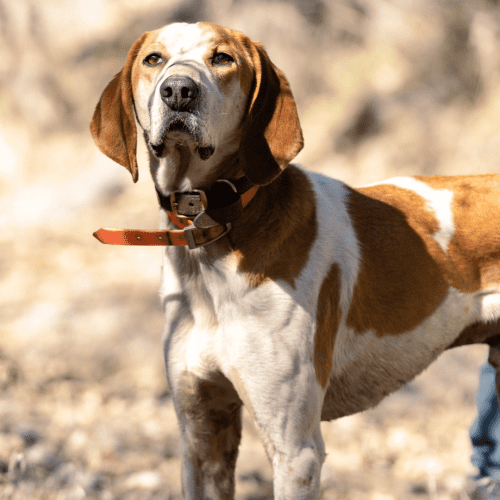
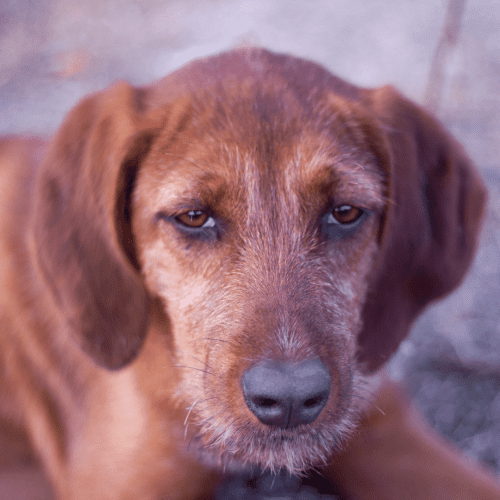
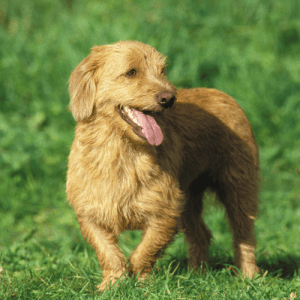
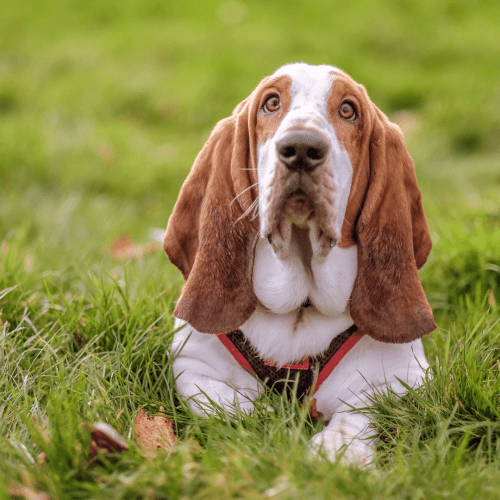

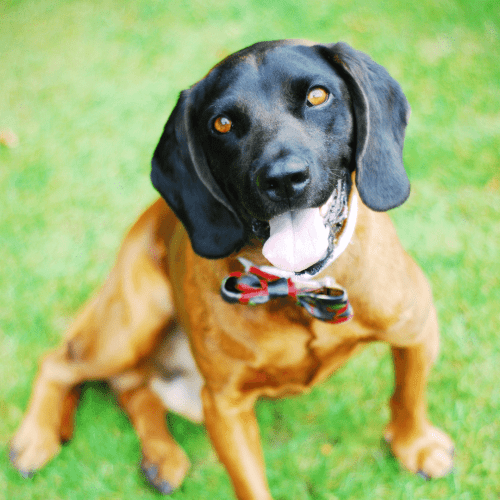
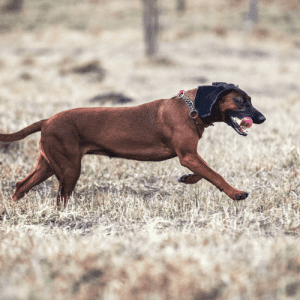
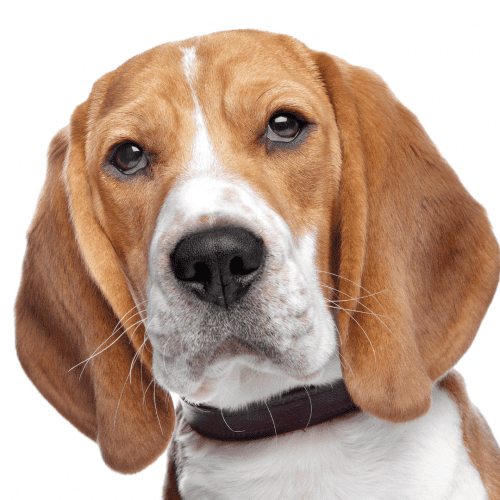

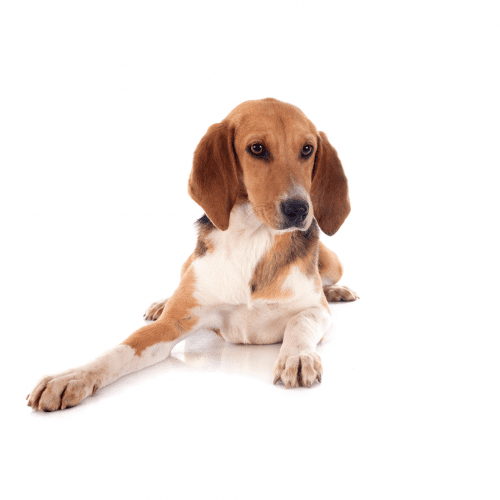
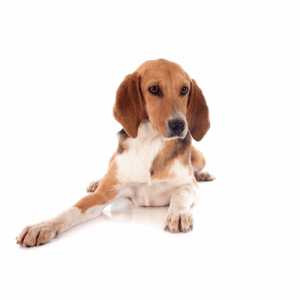
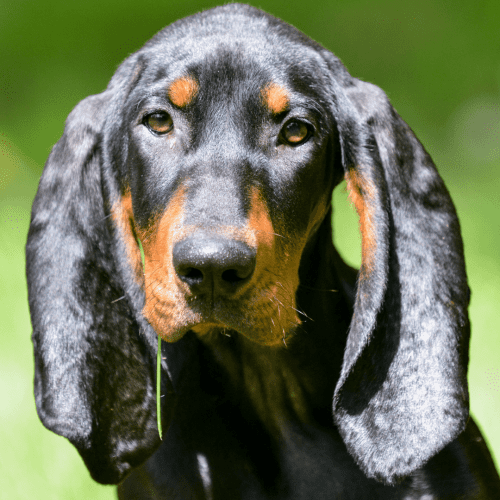
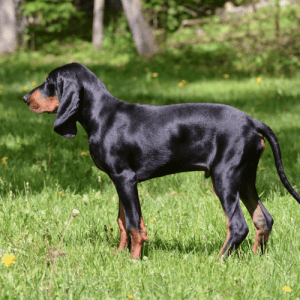
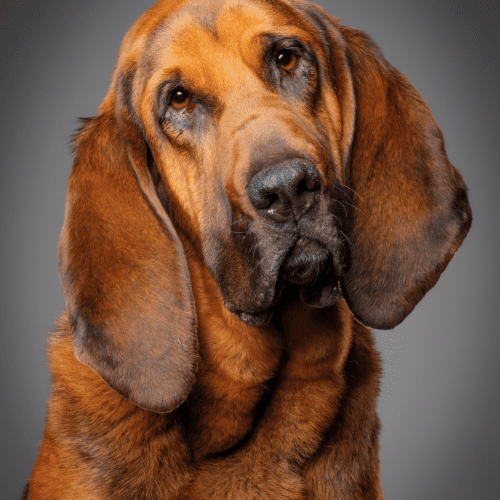


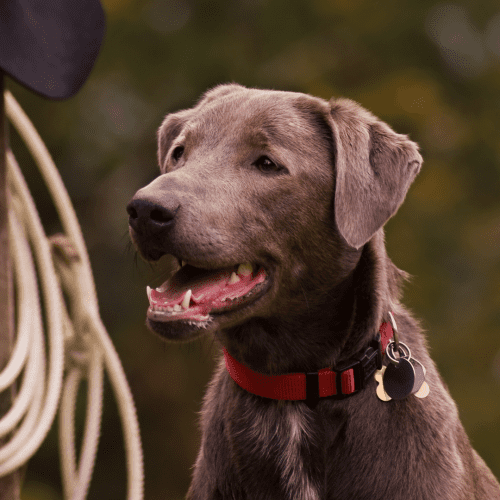

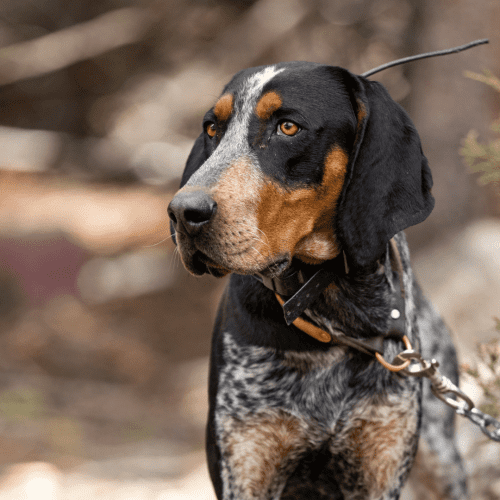

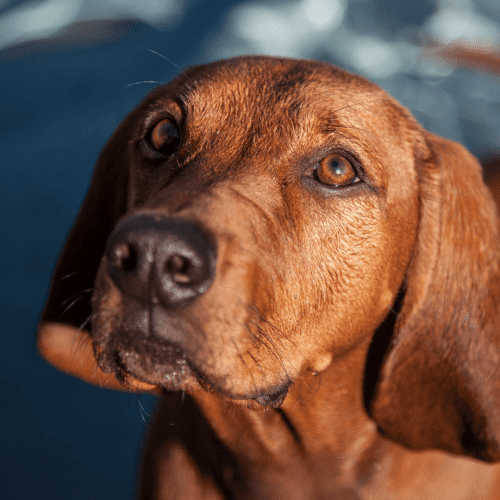

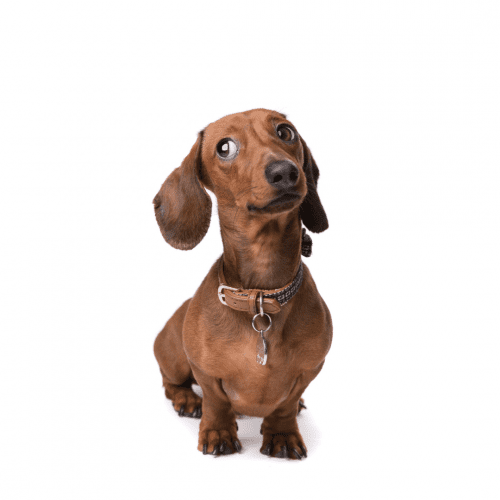

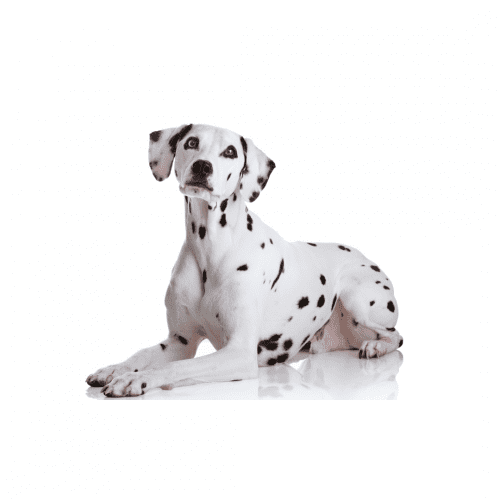

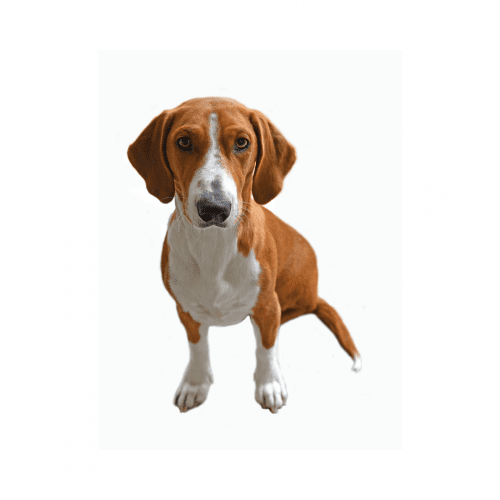

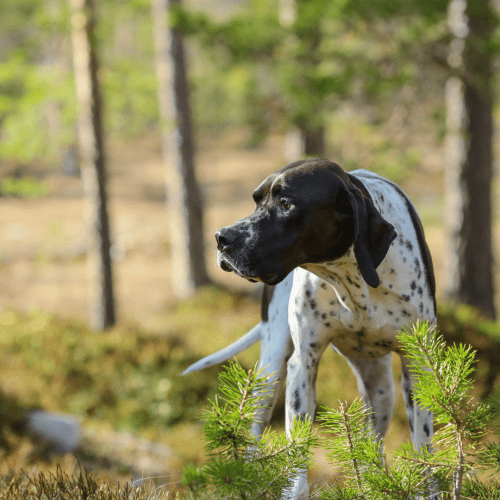
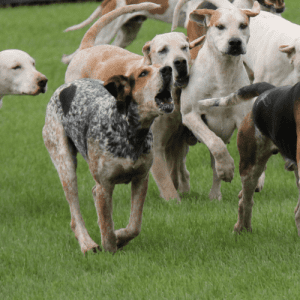
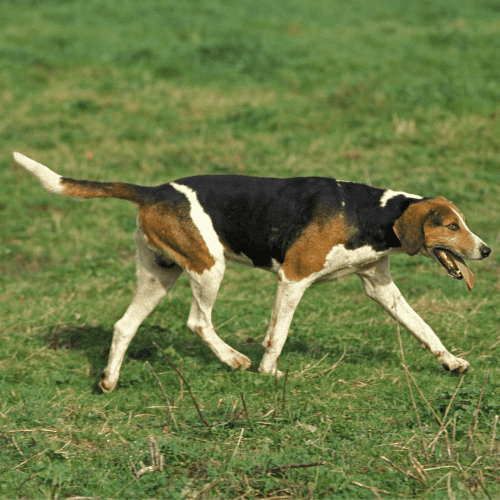

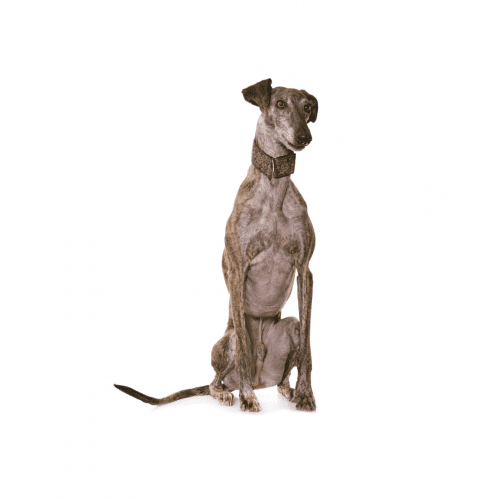

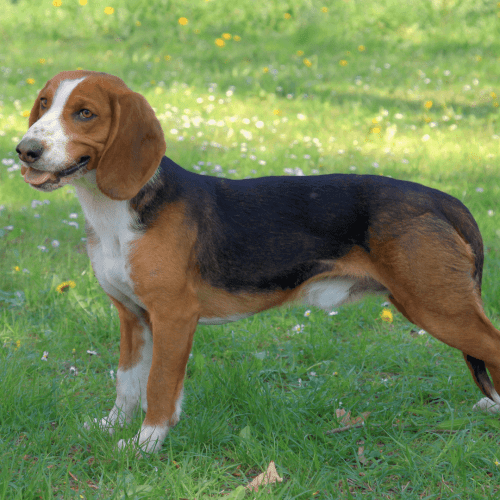
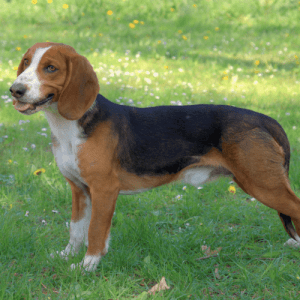 The German Hound is a relatively new breed, having only been developed in the late 1800s. The breed was created by crossing several different types of hounds, including the French Basset, the Hanoverian Shorthaired Pointer, and the German Short-haired Pointing Dog. The breed which resulted was a smaller, more compact version of the French Basset, with a shorter coat and a more hunting-friendly temperament. Today, the German
The German Hound is a relatively new breed, having only been developed in the late 1800s. The breed was created by crossing several different types of hounds, including the French Basset, the Hanoverian Shorthaired Pointer, and the German Short-haired Pointing Dog. The breed which resulted was a smaller, more compact version of the French Basset, with a shorter coat and a more hunting-friendly temperament. Today, the German 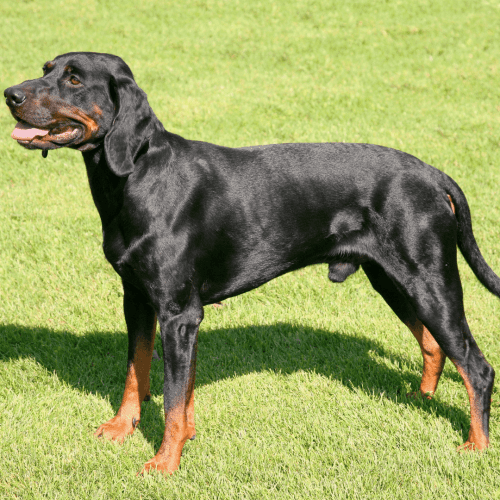
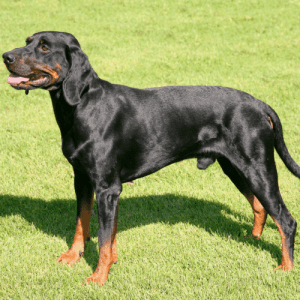
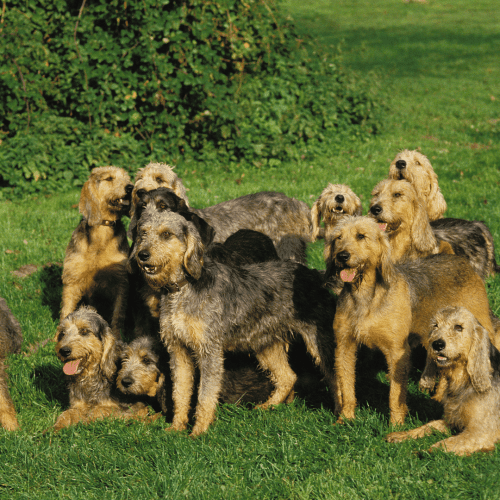

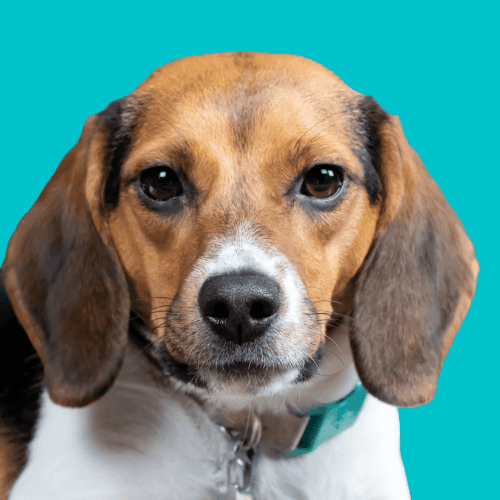

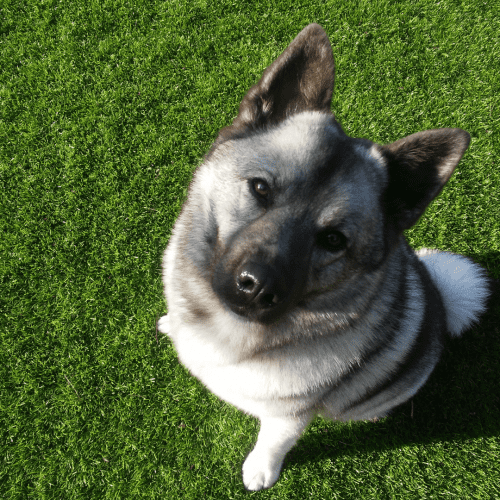

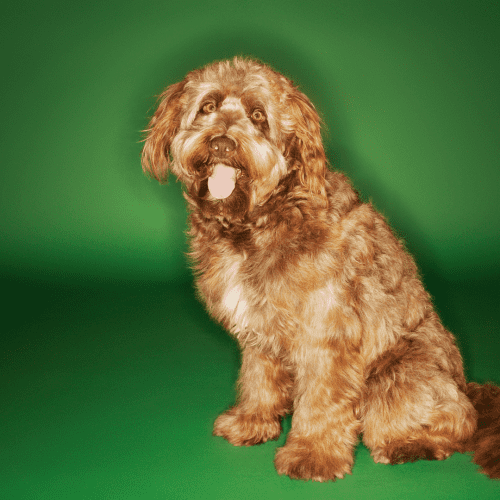

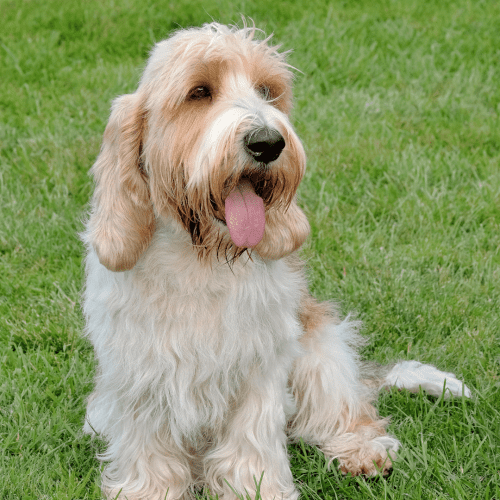

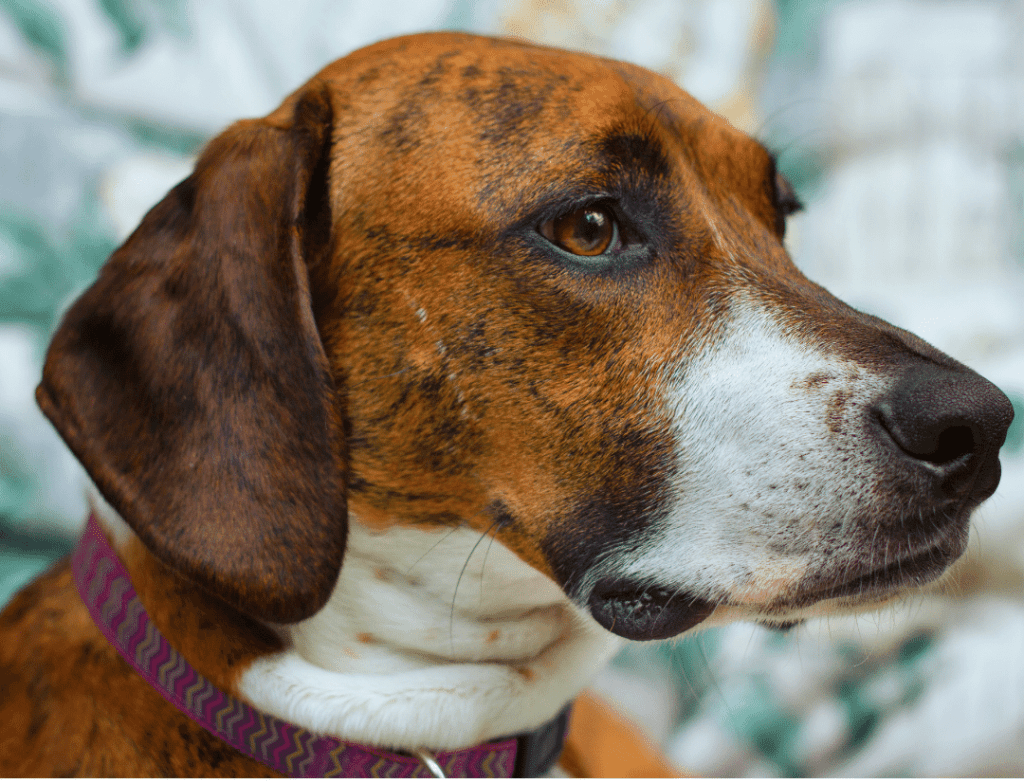

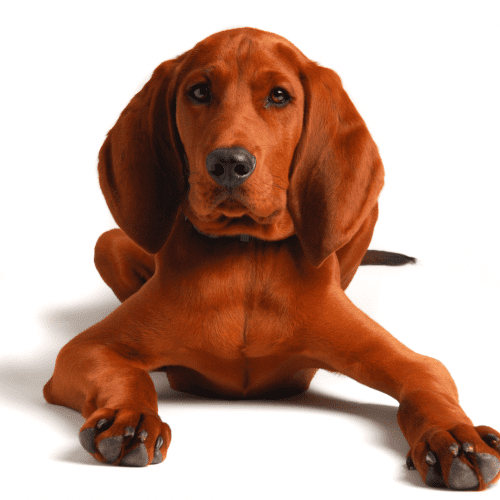

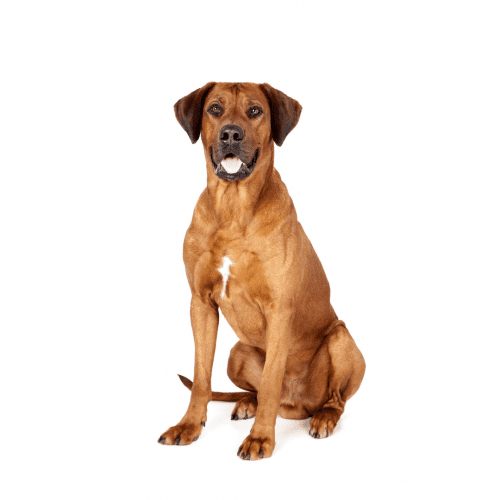

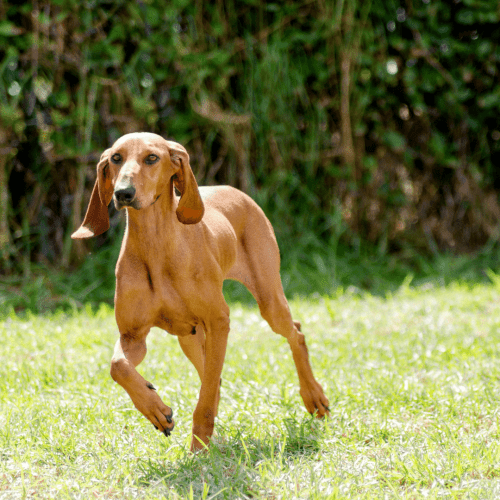
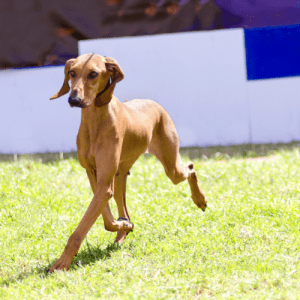 What Is The History Of The Segugio Italiano Dog Breed?
What Is The History Of The Segugio Italiano Dog Breed?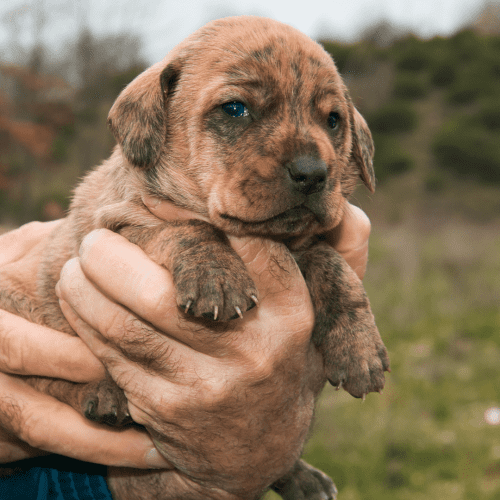
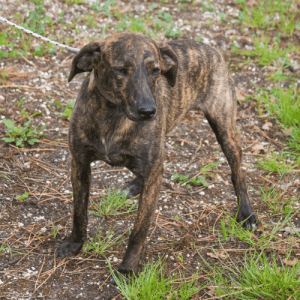 What Is The History Of The Segugio Maremmano Dog Breed?
What Is The History Of The Segugio Maremmano Dog Breed?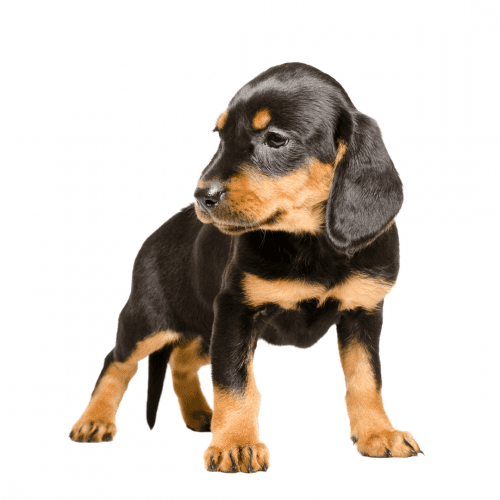
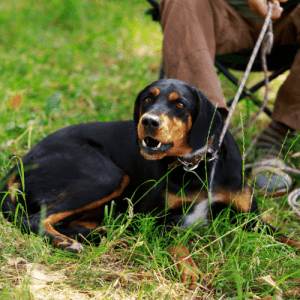 What Is The History Of The Slovensky Kopov Dog Breed?
What Is The History Of The Slovensky Kopov Dog Breed?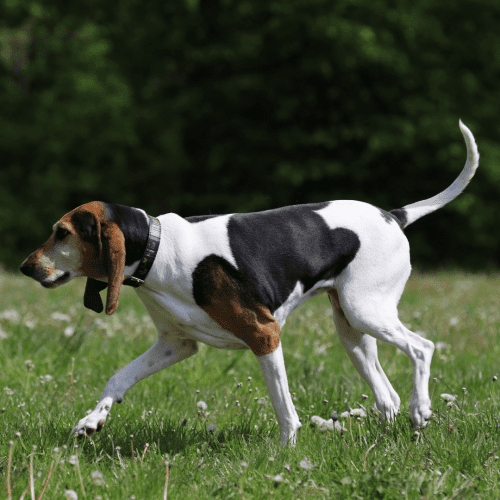
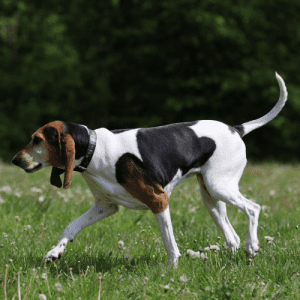 What Is The History Of The Smooth Foxhound Terrier Dog Breed?
What Is The History Of The Smooth Foxhound Terrier Dog Breed?